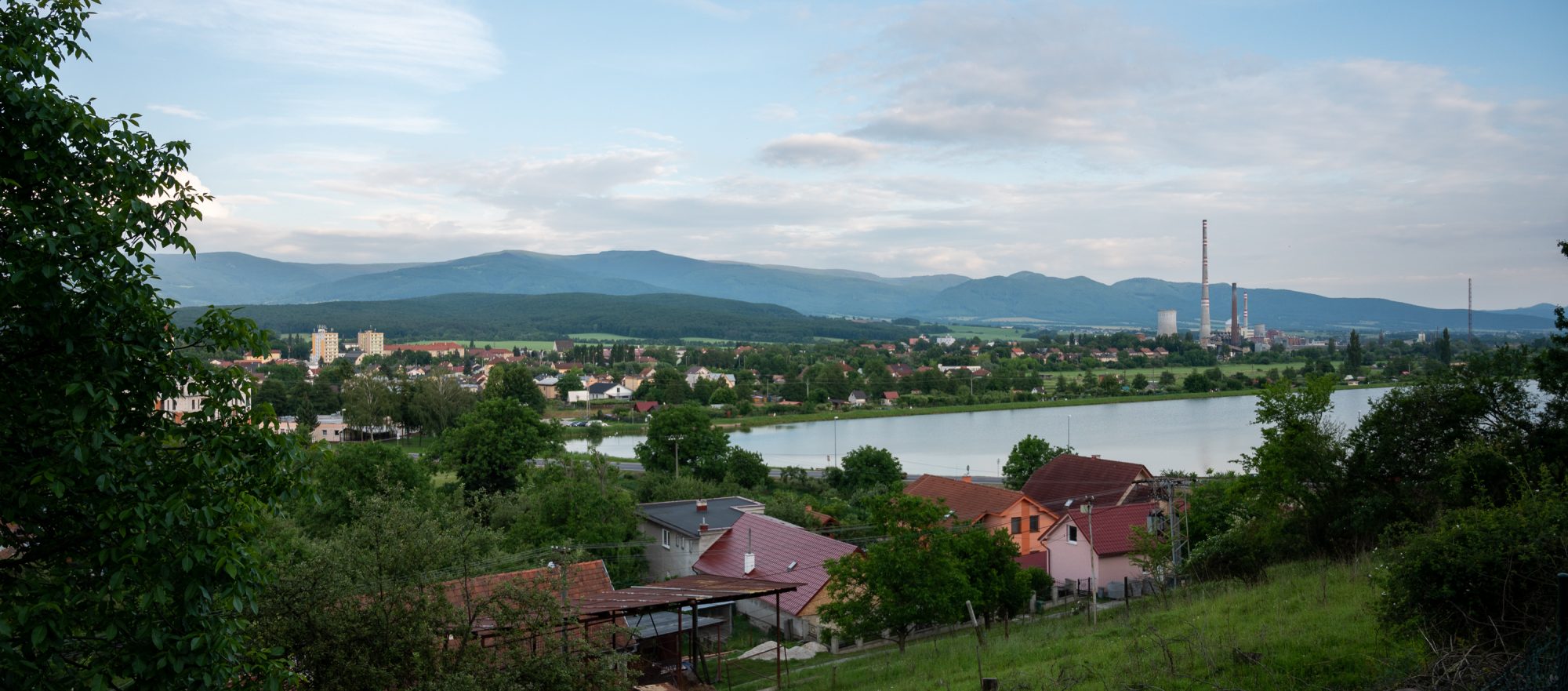
By Lenka Ilcikova
The time for the decarbonisation of existing district heating systems is “now or never”. To be clear, that means weaning off both coal and gas. Otherwise, we’ll only going to have to repeat today’s efforts in a few years.
The city of Prievidza and the surrounding towns of Novaky and Zemianske Kostoľany are currently served by district heating generated from lignite combustion in the Novaky power plant.
The Slovak government has de facto decided to end burning domestic coal after 2023. However, since that accouncement was made in 2018, little has been done to decarbonise district heating. The biggest obstacle seems to be a combination of lack of support from the Ministry of Economy with lack of capacities within related municipalities and regional authorities.
Established companies submit only conservative project proposals
For the first phase, to ensure the continuation of the district heating supply for 2023/24, only two project proposals were prepared. One from Slovenské elektrárne (SE), the owner of power plant Novaky, and one from Prievidzske tepelne hospodarstvo (PTH) partially owned by the municipality (51%) and the coal mining company(49%).
The investment proposal of SE is based on a combination of biomass and natural gas boilers and a small cogeneration unit at the location of the existing power plant in Novaky.
The PTH proposal includes three main components in the investment proposal: a mix of renewable sources – already existing biomass boilers/heat pumps using mining water/ solar power; a small fossil gas cogeneration and fossil gas boilers.
Neither proposal perfectly responds to the carbon neutrality challenge: they both rely on a switch to gas. But at least both companies signed two separate memoranda with Friends of the Earth-CEPA calling for:
- reducing energy needs in buildings and distribution systems connected to the district heating;
- increasing the share of energy from renewable sources in order to fully replace fossil gas- based sources by 2034;
- the use of energy facilities to increase energy efficiency owned by energy communities, citizens/prosumers and municipalities.
Based on the last update we received, the Ministry of Investment, Regional Development and Informatization will annually evaluate the project based on these three listed indicators. While green NGOs are not happy to see gas there, we’re at least trying to ensure it’s being phaseout out as soon as possible.
The gas phase-out needs to start now
It is frustrating to point out the temporary nature of an investment (i.e., gas) that has not yet even been made. However if we want to decarbonise, a coordinated strategy which includes capacity building within the region must be developed as soon as possible.
It is crucial to build the capacities of local municipalities, companies, locals and their associations so that they can contribute to a sustainable solution for heating, including the proper renovations of the approximately 400 buildings, conversion of the district heating to low-temperature systems and implementation of the prosumer concept.
The Upper Nitra region has made great strides towards just transition thanks to the local leadership and support from the European level in 2017 and 2018. The local actors organized working groups to prepare scenarios for the transformation, ultimately contributing to the development of ‘The Transformation Action Plan for coal region Upper Nitra’ finally approved by the Slovak government in 2019.
The region can now continue to show leadership by looking bravely at transitioning district heating away from all fossil fuels. The technical solutions exist and the community support is there too.
